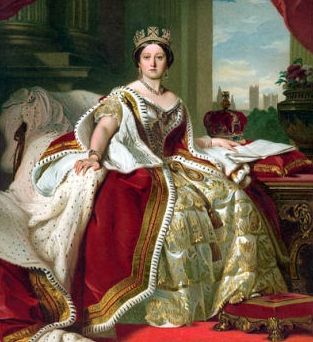(For those who just want to read cool facts, you can skip this part!)

I have been busy getting into my major (Teaching Social Studies) - gearing up for taking the MTLEs sometime this spring or summer, getting through volunteer hours working at a charter school in downtown Duluth as a tutor and a mentor (yeesh, they even have me tutoring geometry and algabra! Winona friends - I am sure you NEVER thought you would see the day, eh?!) But I love it, it is a great little school and it has only made me want to work in a high school even more.
This semester has been a little boring on the academic side - I've been more focused on taking the random courses I need to graduate or get into the classes I want, so not many classes that have me really excited as of right now. I would recommend for anyone looking for a social science class, look into international relations. I ended up really enjoying the subject - very difficult, but very interesting to see how diplomacy and foreign relations work and the theories behind it. :)
Sooo, that is what is up with me. Now let's move on, shall we?
1) PMS effects around 15% of women in the USA, and many types of treatments have been made available to help combat the symptoms, but one of the oldest "cures" for PMS was used by Queen Victoria of England - marijuana! It is recorded that Queen Victoria used all sorts of "medicines" to help her symptoms, including Opium, Coca (raw cocaine), wine and chloroform (Yikes!!) When she was introduced to marijuana around 1850, the Queen liked it so much, she used continued to use it for PMS, morning sickness, and it is rumored even for giving birth - with no harm to the fetuses.

2) Peter the Great of Russia was a very jealous man, and when he found out his wife had been cheating on him, ordered to have her lover's head cut off and put into a jar of preserving alcohol. He then ordered for the jar to be put at his wife's bedside table.
3) Although most have assumed this to be false, it turns out that a South African monkey did, in fact, fight in World War I alongside the 3rd Transvaal Regiment of the 1st South African Infantry Brigade. In August of 1915, Albert Marr of Pretoria, South Africa, signed up to join the war and requested to bring along his beloved pet baboon, Jackie; he ended up getting permission.
Private Marr and Jackie the baboon apparently made quite the dynamic duo, and the baboon quickly stole the hearts of the entire regiment. Jackie's acute hearing, keen eyesight, and overall good behavior earned him both a custom uniform and cap, as well as a solid place within the regiment. Jackie first saw action during the Senussi Campaign of 1916 in Egypt, where Albert was unfortunately wounded. Jackie, like the good baboon he was, did his best to nurse Albert back to help until medical aid came.
Jackie continued to be an integral part of the regiment as he participated in exercises and marches with his fellow comrades, fought alongside his brigade in the front lines, and even assisted Private Marr on guard duty. By the time the war came to a close, Jackie had lost a leg in battle, but had gained an international reputation as both a trusty member of the 3rd SAI and a loyal companion to his friend and master, Private Albert Marr.
On July 31, 1920, Jackie received the Pretoria Citizen's Service Medal for his valiant efforts during World War I.
4) You know those pedestrian traffic buttons you push so you can cross the street? Many of them are placebo and do not work, they are just there to calm frustrated and impatient pedestrians. Over 2,000 of the 3,250 "walk buttons" in New York City are this way.

5) My new favorite poem that I have found. (Read it, and then read it in reverse)
"Lost Generation"
I’m a part of a lost generation
and I refuse to believe that
I can change the world
I realize this may be a shock but
“Happiness comes from within.”
is a lie, and
“Money will make me happy.”
So in thirty years, I’ll tell my children
They are not the most important thing in my life
My employer will know that
I have my priority straight because
Work
Is more important than
Family
I tell you this
Once upon a time
Families stay together
But this will not be true in my era
This is a quick fix society
Experts tell me
Thirty years from now I will be celebrating the 10th anniversary of my divorce
I do not concede that
I will live in a country of my own making
In the future
Environmental destruction will be the norm
No longer can it be said that
My peers and I care about this Earth
It will be evident that
My generation is apathetic and lethargic
It is foolish to presume that
There is hope
And all of this will come true unless we reverse it.
I'll be back eventually... ;)





















